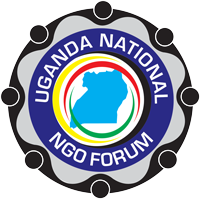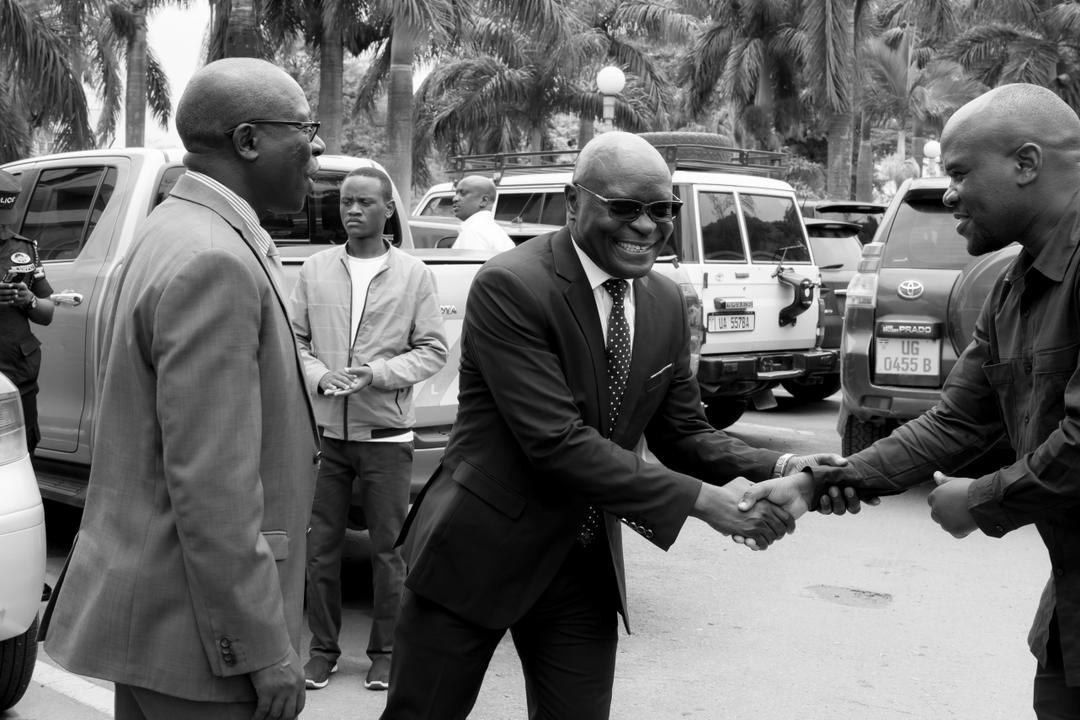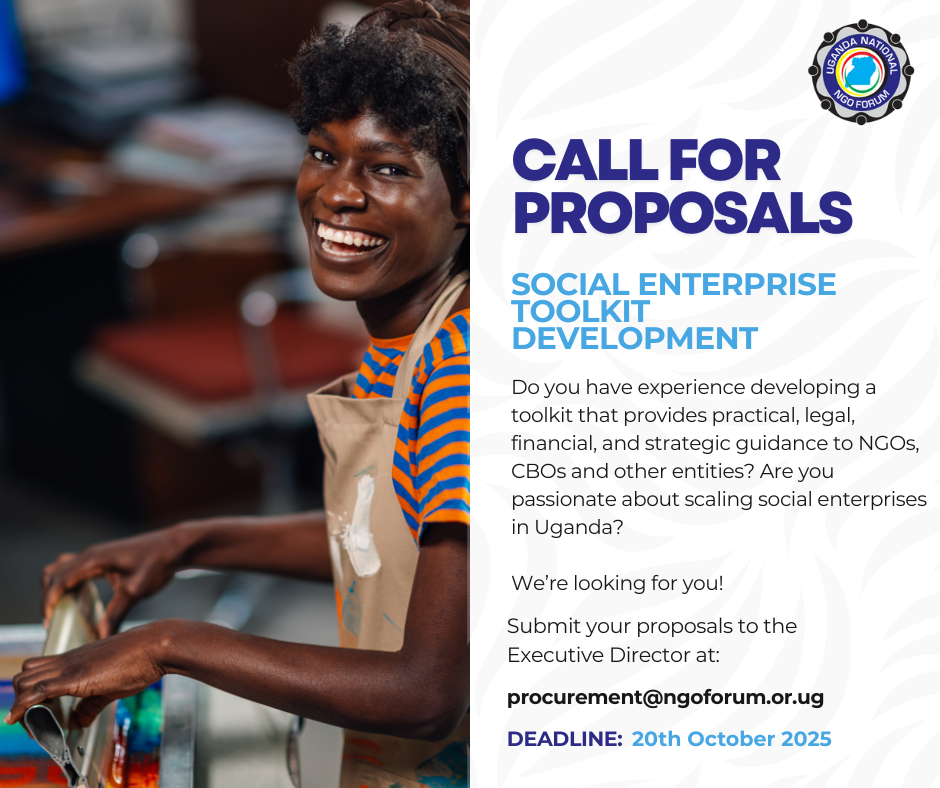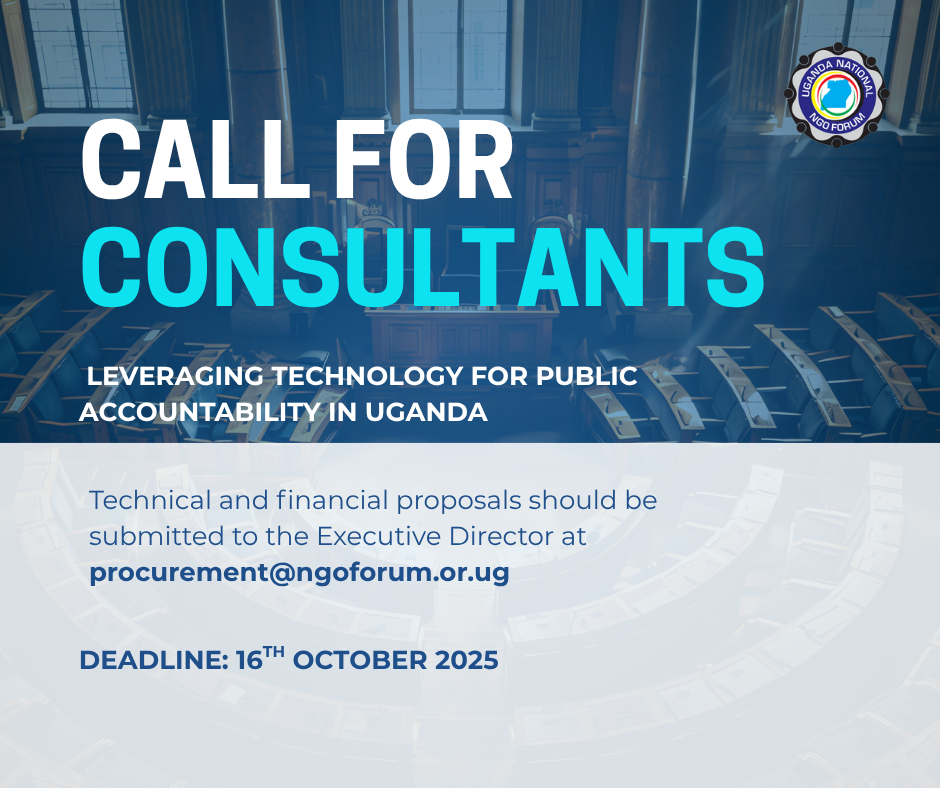Deepening Grassroots Engagement in EAC Integration
CONSULTATIVE MEETING OF WOMEN LEADERS ON EAC INTEGRATION
A PAPER ON
DEEPENING GRASSROOTS ENGAGEMENT IN EAC INTEGRATION
~Women as Key Drivers in the Integration Process~
31st July 2013, Hotel Africana Kampala
It gives me great pleasure to be speaking at this event. As several speakers may have mentioned, we all recognize the centrality of women’s leadership in regional integration. Indeed for women leaders on the African continent, the question of grassroots organizing is one that has defined struggles of the women’s movement in East Africa and Africa as a whole. Before I address the question of ‘deepening’ grassroots organizing, let me first define what grassroots organizing is all about.
Grassroots organizing is a ground level approach to building citizen rooted campaigns to achieve changes that people desire. As the name suggests, a grassroots approach starts at the roots of the problem and develops to involve all stakeholders. So, while many interventions usually start from the higher level, in a grassroots approach the group that will be affected by the change has to embrace the change process. Grassroots organizing by its very nature does provide more substance and passion for a cause as the people whom will be most affected directly have a voice and better understanding of why the change must be made.
As East Africans, to build strong grassroots mobilization we can take advantage of the many opportunities around us. We all know that the East Africa region has a total land area of 1.82 million sq. km, a population (2010) of 133.1 million and a GDP (at current prices) of $79.2 billion with an average GDP per capita of $685. There are minerals in several parts of the region, some of the best tourist spots in the world – from Kilimanjaro, to the Gorillas and memorable rivers. As a region we are also blessed but have also gone through several challenges that stand in the way of progress. Integration therefore offers promise and opportunity to the people of East Africa.
Furthermore, East Africa is also a region with several similarities. Some of these include;
- Comparable demographics – one of the youngest populations in the world
- Similar challenges to education systems and job market structures and challenges
- Comparable economic growth constraints arising from infrastructure and energy challenges
- Private sector led and market-based development policies with slow investment and employment gains
- Challenges in attracting sufficient private capital and expertise into agriculture to transform the livelihoods of the poor across the region
In terms of the political character of the region, one can also see several interesting strands that include;
- State systems that differ but have similarities – countries have varying levels of multi partyism – Kenya with its recently peaceful but contested election, Uganda with its victory of the incumbent and never ending demonstrations, Tanzania with spurts of violence in a longstanding hegemony of one party in politics and Rwanda with a strong government and that focuses on delivering to its citizens in uncompromising ways and Burundi trying to recover from the realities of conflict.
- There are deep political motivations that still prevail in the region and we know that this is one reason that has hampered the achievement of a political federation.
- Ethnic loyalties still endure and are expressed severally – especially at election time
- Business still flourishes in protected niches where rents can be extracted – with some countries guarding their new found mineral resources jealously – oil is now oily business in Kenya, Uganda, Tanzania and prospects for other minerals in other places.
Yet as all this happens the East African region is increasingly becoming connected and most of these societal connections are driven by grassroots energies that are expressed through new forms of citizen energy to accomplish their integration aspirations.
On a social and cultural level, we recognize that citizens are taking integration in their own hands. For instance, musicians from Uganda, Kenya and Tanzania are collaborating a lot more. They are singing in their local languages and in Swahili to create an all-inclusive and boundary-less listenership in the region. Many parents across East Africa are choosing education systems in neighboring countries for their children. In Uganda several schools and universities have got significant student populations from Tanzania and Kenya and the same in Kenya and Tanzania.
On the economic front – most service providers like telecom companies are providing services that are reaching across all the five East African countries. In government, the national budgets are being read on the same day in all East African countries. There are several opportunities for security forces to jointly plan regional security initiatives across the region. The East African Legislative Assembly is designing ways of playing a more prominent role across East Africa even with the ongoing threats to reduce its powers. There are several laws and protocols being reviewed today to try to respond to the opportunities arising from the integration process. For example, the immigration laws are under review, a common market has been established and a monetary union and a political federation are underway. All these aspects indicate that government and citizens across the region are embracing integration in ways that make meaning to them. For citizens, integration is about transforming their everyday realities into a future that benefits citizens and the generation to come.
It should also be noted that while citizen’s grassroots organizing is something that we look to deepen, it is not a phenomena of today. It is very much rooted in the experience of citizens in East Africa. A little glimpse at the history of the women’s movement in this region does provide interesting insights which indicate that women were very much part of the process of redefining the East African region since independence.
Even before the western feminist movements of the 1960s and 1970s that redefined women’s politics in the west, here in Africa our history is one that is rooted in women’s grassroots organizing. Women played key roles in the independence struggles across the continent. In the early 1960s, as Tanzania, Uganda, and Kenya won their independence from Britain, women political leaders organized the East African Women’s Seminars. These were important spaces for organising at a regional level. These seminars shaped the outlook for several women leader of the independence movement. Many of these women also took part in the All Africa Women’s Conference (AAWC), later the Pan-African Women’s Organization (PAWO), which met first in Bamako, Mali and in 1962 for a full meeting in Dar es Salaam, Tanzania. The words of our own Pumla Kisosonkole are instructive as this point when she observed that:
These days the cry of the ‘role of women’ is being heard in Africa from East to West, and from North to South. What is the answer for East Africa? It is this: times have changed and are changing very fast, and the woman must change with them in order that she does not become the ‘forgotten factor’ … and [she] will be ready and willing to play the fullest part in shaping the destinies of her country.[1]
The fact that women leaders of the time were thinking about what needs to happen regionally is an indication of their appreciation of regional integration. I returned briefly to this history to illustrate the point that women grassroots organizing was very much part of the agenda of independence and integration in East Africa. It is also a fact of history that many of our independence leaders were very much persons that believed in integration espoused in aspiration like Pan-Africanism and citizen driven approaches.
Ladies and Gentlemen, it is evident today that the quest for a grassroots organizing is not only part of our historical reality but also part of the present realities. Citizens in East Africa and all over the world seem to be showing us, is that, if the world is going to change then people must become agents of their own development. What this calls for is a radical shift in democratic thinking so that while we continue to celebrate and enjoy ‘representative democracy’, mediated through institutions like Parliaments and other forms of representative governance, indeed time has come for us to move on to another type of democratic culture known as ‘participatory democracy’ that is built on grassroots organizing.
The crux of this kind of democracy is that it should be one where citizens shift from a mode of only voting, paying taxes and then hoping to hold their leaders to account and moving to a democracy where citizens participate in civic life as co-creators of the country they want – which is the ethos of grassroots organizing. In this kind of democracy, the Government should be acting not as a provider of development but as a catalyst that helps citizens achieve what they want. For participatory democracy to be effective it should be anchored on grassroots people power. In a participatory democracy, the state needs to enable the social and political construction of places and processes where differences engage rather than collide. Multi-stakeholder forums should be the hallmark of this kind of democracy.
It is also important to note that participatory democracy espoused through grassroots organizing is not a new idea but one that has to be resuscitated in East Africa because of the failures of our governments to live up to the promises of democracy. The words of Mahatma Gandhi, “we must be the change we want to see in the world”, should become our buzzwords.
Faith in the state as an absolute – that assumes that the state is the source of all services, to all citizens, is certainly naïve. While the state serves people, it sometimes has to be compelled by the people it serves. It is important to underscore that while challenging the state is an important factor in participatory democracy, providing alternatives is equally important. Citizens have the responsibility to ensure that every challenge on the state is followed by a set of citizen-alternatives that do not relieve the state from its duties but indeed promote new forms of solution seeking since citizen organizations are the space for the construction of this reality.
The above reflections give us the motivation to understand and appreciate the role that is played by citizens and their leaders in the integration process. Let me end by offering what would constitute an agenda for ‘deepening’ of grassroots citizen organizing in East Africa. An agenda for deepening grassroots citizen organizing must be built on the following:
a) Developing an Agenda for Change: It is important that in building citizen grassroots organizing, there is clarity of issues and areas that need to change. Today we have a lot of talk about the need to change East Africa so that we can attain a political and economic federation. This idea has to be sold and spread out so that it becomes a citizen-led process. When citizens at the grassroots coalesce around a desired change and start promoting it on their own, then the process of integration will become deeper and a reality sooner than later.
b) Create Platforms for Amplifying Citizen Voices: It is important to recognize that even the integration process is a gendered process. Women and men will experience integration differently and hence the need to create platforms that give opportunity to both women and men. All groups involved in shaping the integration agenda must have an open platform for voicing their ideas and offering suggestions in relation to the goal of integration. This does not only ensure that those who are more severely affected have the opportunity to be part of processes but it also means that people will also be able to raise fundamental issues that could have been overlooked. In this regard, I think we should applaud the development of the Secretary General’s – Structured Dialogues across East Africa. I should also take this opportunity to invite all of your to the breakfast dialogue that we shall be hosting here in Kampala on the 14th of August 2013.
c) Governments should Listen: It is not enough to create platforms. Listening to all groups involved in the integration process and working through any issues that arise will alleviate most concerns. The majority of the time, if a citizen and citizen group has the chance to voice their opinion, they may dissent from the majority, the opportunity to express their feelings helps to relieve any underlying tensions. It is therefore important the laws expand the opportunities for citizen responsiveness rather than constrain them. Leaving tensions unanswered would certainly disrupt the achievement of the goal of integration.
d) Passion should fuels Grassroots Mobilization: While it is important to technically deal with different dimensions of integration and work to achieve them, it is imperative that additional work needs to be done to ensure that leaders exhibit passion and optimism. Citizens are motivated when leaders do things with a passion and also promote a sense of pride and optimism. Integration will require civic education that promotes a citizen who is empowered and is ready to celebrate the territory called East Africa and looks at it with pride.
Let me finally submit that the above can only work if we decide to see citizens as central to everything that we do. Clearly, what we make of the future is up to us. Yes, in East Africa we operate in the difficult terrain, with many temptations and obstacles on the road to transformation. We could complain about the bad governance, aid fatigue and many other things gone wrong. But we could also focus on the positive forces around us so that they can expand – we are alive, there is citizen energy and we are a mature region. What is clear is that we can’t afford doomsday scenarios or self-fulfilling prophecies. The future needs a dose of optimism and creativity coupled with a can-do attitude to make things happen!
“A luta continua, vitória é certa”! – [translated] – The struggle continues, victory is certain!
[1] Snyder and Tadesse, African Women, p. 28-29, quoting Report of the Kenya Women’s Seminar, Nairobi, 1962, p. 18-19.
Tags



